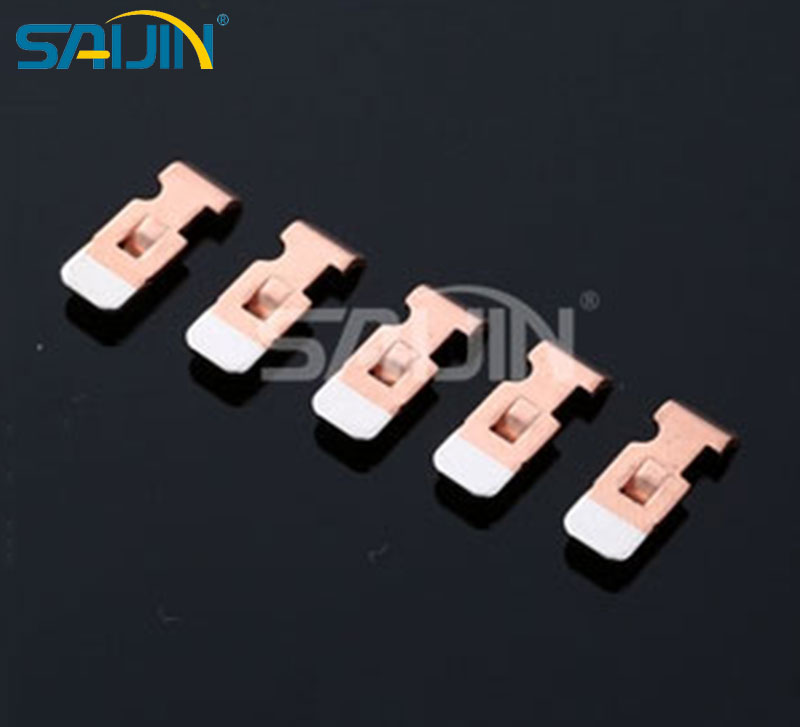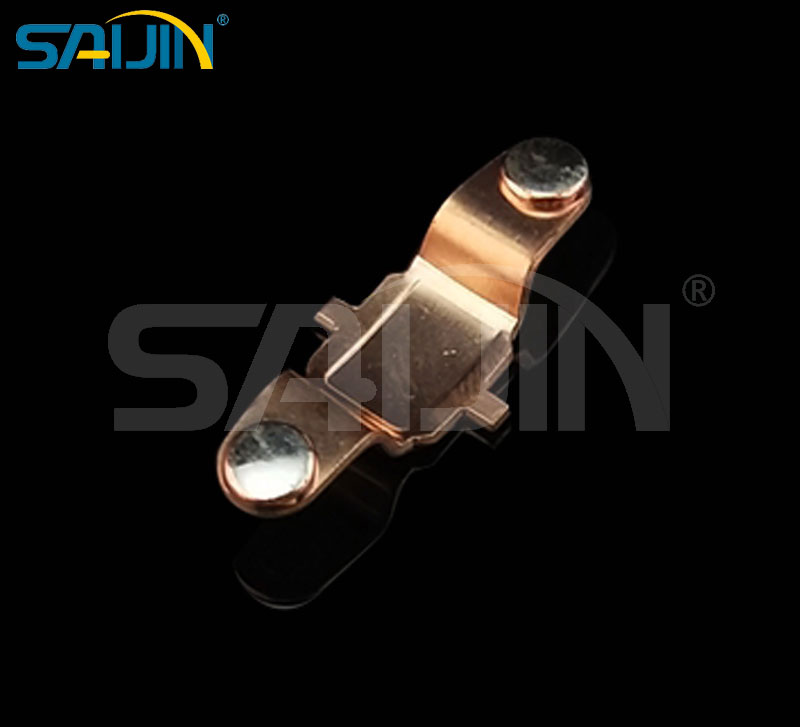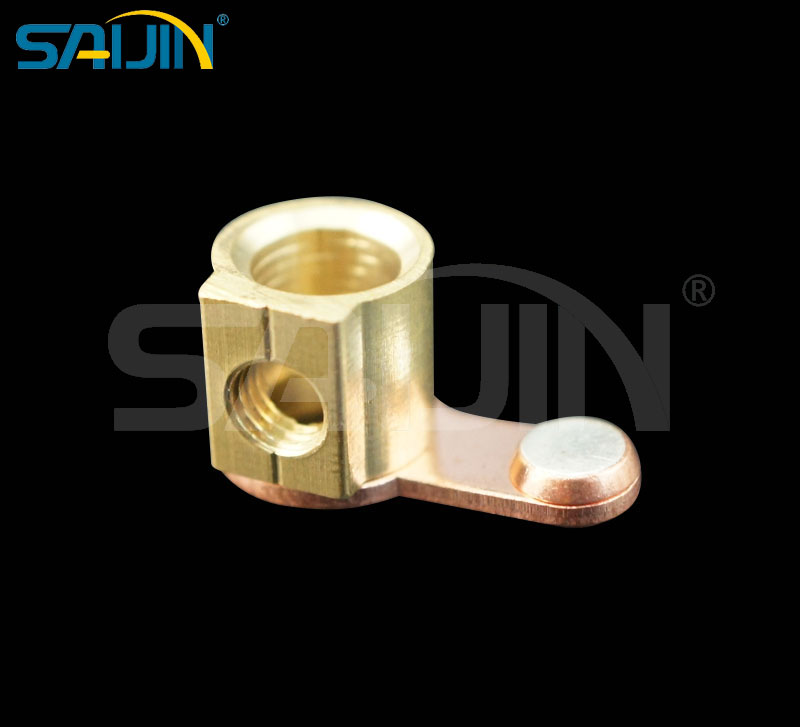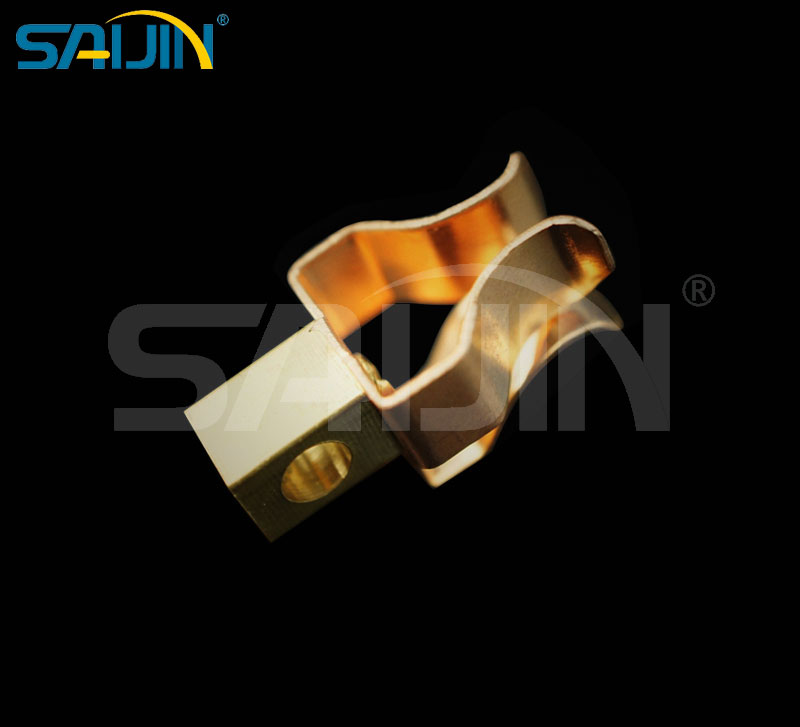What is the difference between tubular rivets and solid rivets?
In the field of mechanical engineering and manufacturing, rivets are essential fasteners used to join materials together. Two common types of rivets are tubular rivets and solid rivets, each with distinct characteristics that make them suitable for different applications. This article will explore the definitions, construction, strength, installation processes, and applications of these two rivet types to highlight their key differences.
What Are Solid Rivets?
Solid rivets are one of the oldest and most straightforward types of rivets. They are cylindrical fasteners with a head on one end and a tail on the other. The primary purpose of a solid rivet is to create a permanent mechanical joint by deforming the tail end during installation, which forms a second head, clamping the materials together.
Solid Rivets: Construction
Solid rivets are, as the name suggests, entirely solid throughout their shank and head. They are typically made from materials such as steel, aluminum, copper, or brass, depending on the required strength and environmental resistance. The solid construction means there is no hollow section in the shank; it is a single, uniform piece of material from the head to the tail end. This solid structure contributes to their high load-bearing capacity and durability.
Solid Rivets: Strength
Due to their solid construction, solid rivets offer excellent strength and are capable of withstanding high tensile and shear forces. The absence of any hollow space in the shank means there are no weak points caused by reduced material cross-section. They are ideal for applications where the joint needs to endure heavy loads, vibrations, or harsh environmental conditions. For example, in structural steelwork, solid rivets can securely connect beams and other load-bearing components, ensuring the stability of the structure.
Solid Rivets: Installation
The installation process for solid rivets typically involves two main steps: inserting the rivet through pre-drilled holes in the materials to be joined and then deforming the tail end to form a shop head. This deformation is usually achieved using a rivet gun or a hydraulic press, which applies sufficient force to mushroom the tail into a head that holds the materials tightly together. Because solid rivets require significant force to deform the solid shank, the installation process can be more labor-intensive and may require access to both sides of the workpiece. Additionally, proper alignment and hole sizing are crucial to ensure a secure joint, as any misalignment can lead to uneven deformation and reduced strength.
What Are Tubular Rivets?
Tubular rivets, also known as hollow rivets, are cylindrical fasteners with a hollow or tubular shank, while still having a solid head on one end. The hollow shank is the defining characteristic that sets them apart from solid rivets. This design feature gives them unique properties that make them suitable for specific applications.
Tubular Rivets: Construction
Tubular rivets consist of a head and a shank with a central hollow section. The shank is essentially a cylindrical tube, which can vary in wall thickness depending on the application requirements. They are commonly made from materials like aluminum, brass, or steel, similar to solid rivets. The hollow design reduces the weight of the rivet and allows for flexibility in installation, especially when joining thin or delicate materials. The wall thickness of the tubular shank can be customized to balance strength and weight, providing a versatile fastening solution.
Tubular Rivets: Strength
Compared to solid rivets, tubular rivets have lower tensile and shear strength due to the reduced material in the shank caused by the hollow section. The presence of the hollow core means there is less material to resist applied forces, making them less suitable for high-stress applications. However, they still offer adequate strength for many lighter-duty applications where the primary requirement is to hold materials together without excessive load-bearing. For instance, in joining fabrics or thin metal sheets, tubular rivets can provide a secure joint without causing damage to the delicate materials.
Tubular Rivets: Installation
The installation of tubular rivets is generally simpler and requires less force compared to solid rivets. Since the shank is hollow, deforming the tail end during installation only involves collapsing the tubular walls rather than deforming a solid mass of material. This can be done using specialized tools such as rivet setters or even simple hand tools in some cases. One of the key advantages of tubular rivets is that they can often be installed with access to only one side of the workpiece, making them suitable for applications where the backside is inaccessible or difficult to reach. Additionally, the hollow shank allows for some flexibility in the alignment of the holes, as the deformation process can accommodate minor misalignments more easily than solid rivets.
Tubular Rivets: Applications
Tubular rivets are widely used in applications where lightweight construction, ease of installation, and the ability to join thin or flexible materials are important. Some common applications include:
- Electronics and Electrical Industry: They are used to fasten components in electrical devices, such as joining terminal strips or mounting brackets in circuit boards. The lightweight and hollow design help reduce the overall weight of the device without compromising on the necessary fastening strength.
- Leather and Fabric Products: In the production of leather goods like bags, belts, and shoes, tubular rivets are often used to reinforce joints and add decorative elements. The ease of installation with hand tools makes them suitable for manual craftsmanship in these industries.
- Automotive Interiors: Tubular rivets are used to attach interior components such as door panels, trim pieces, and upholstery. Their ability to join thin metal or plastic parts with minimal force and access to one side makes them ideal for automotive interior assembly.
- Light Metal Fabrication: When working with thin aluminum or steel sheets in applications like signage, appliance manufacturing, or lightweight structural panels, tubular rivets provide a cost-effective and efficient fastening solution.
Key Differences Summary
|
Feature |
Solid Rivets |
Tubular Rivets |
|
Construction |
Entirely solid shank and head |
Hollow tubular shank with solid head |
|
Strength |
High tensile and shear strength, suitable for heavy loads |
Lower strength due to hollow shank, suitable for lighter loads |
|
Installation |
Requires more force, access to both sides often needed |
Easier installation with less force, can be installed from one side |
|
Applications |
Structural engineering, heavy machinery, high-stress environments |
Electronics, leather goods, automotive interiors, light metal fabrication |
Conclusion
The choice between tubular rivets and solid rivets depends on the specific requirements of the application. Solid rivets are the go-to option for high-strength, heavy-duty joints, while tubular rivets excel in lighter applications where ease of installation and material compatibility are more important. Understanding their differences in construction, strength, installation, and applications allows engineers and manufacturers to make informed decisions and select the appropriate rivet type for optimal performance and efficiency.




